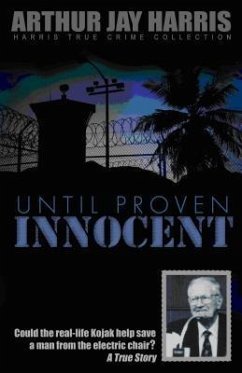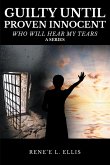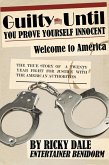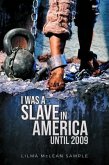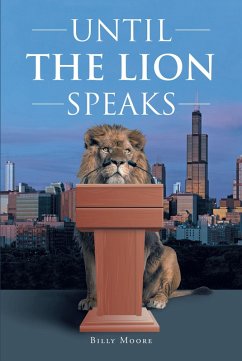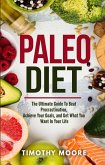Until Proven Innocent was originally published by Avon Books.
By now deep into his case, the prosecutor was no longer as sure as he'd been: Were maybe not both of his murder defendants truly guilty? That's when he called his retired dad -- would you help me? Dad had been one of the most famous detectives in New York. Years before, he'd solved the real murder case that the Kojak TV series had been modeled after.
The Miami Herald: "[Brian] Cavanagh called on his father for help. Three decades ago, as a New York City detective, Thomas Cavanagh became famous clearing a man accused of a Manhattan murder. His work led to the original Kojak TV movie and subsequent series. "Thomas Cavanagh built a reputation for cracking tough cases. He continued to track down elusive killers even after he retired and moved to South Florida. More than 15 years after he retired, Cavanagh used his legendary skills to help find a man who murdered a Davie woman during a home-invasion robbery. "Working together to crack a Davie murder case, the real-life Kojak and his prosecutor son..." Globe Magazine: REAL-LIFE KOJAK CATCHES A KILLER He quits retirement to free innocent man "A former New York City cop whose exploits inspired TV's Kojak has come out of retirement to solve a baffling murder mystery.
Super-sleuth Thomas Cavanagh, 79, cleared the prime suspect in the case -- and fingered the real suspect. Cavanagh was sunning himself by the pool at his Florida home when his son Brian, a prosecutor in Fort Lauderdale, called.
"Dad, I have a problem with this case," Brian said. "What should I do?"
Dieser Download kann aus rechtlichen Gründen nur mit Rechnungsadresse in A, B, BG, CY, CZ, D, DK, EW, E, FIN, F, GR, HR, H, IRL, I, LT, L, LR, M, NL, PL, P, R, S, SLO, SK ausgeliefert werden.

